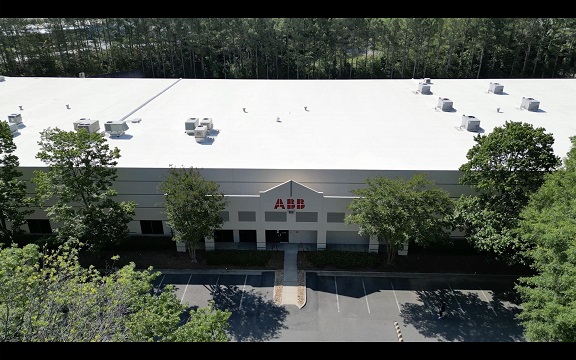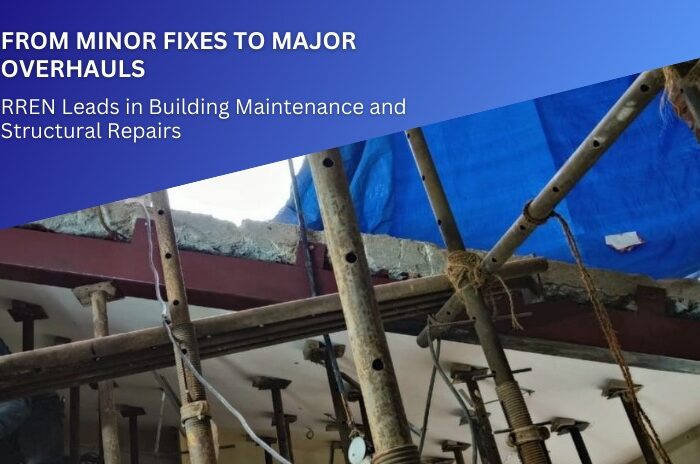The structural steel truss makes it possible for designers to recognize explicitly structural resistance provided within the elastic and inelastic ranges of behavior and up to the maximum load limit state. There is an increase in awareness of the need for practical second-order analysis approaches for a direct determination of the strength of the steel truss members. This project attempts to present a simple and reasonable comprehensive introduction to the sum of the theoretical and practical approaches which has been used in traditional and modern processes of finding the safe load for steel truss members. The project is supposed to be useful in the fieldwork where this user-friendly table, reads the safe load-carrying capacity of different Angle sections in both tension and compression, of equal and unequal, single and double, bolted and welded connection. Hence it is required to design an angle section for a particular load, this table can be used to get the safe load of that respective angle section. So that the lengthy calculation for the same is avoided. The Engineer can use this table to design steel structures where angles are adopted.
1. Introduction:
Steel structures are structures in which the members are made of steel and are joined by welding, riveting, or bolting. Because of the high strength of steel, these structures are reliable and require less material than other types of structures. Steel Angles Sections have been used in construction almost as structural steel and it is commonly used as components of built up shapes in truss. This paper is based on the detailed study of steel struts like Equal Angle Section. Where the load carrying capacity of equal angle sections are calculated and tabulated using Microsoft Excel. This Paper is supposed to be useful in field work where this user friendly table, reads the safe load carrying capacity of different Single Equal angle sections in Compression of different Bolted connection of varying length. When it is required to design a Single Equal angle section for a particular load, this table can be used to get the safe load of that respective Single Equal angle section so that the Engineer can easily select the most suitable section for specific safe load by using this table.
2. Objectives of the Project:
- This project is carried for designing the safe load of steel Single Equal Angle.
- Design the safe load for different designation of varying length.
- To prepare safe load table for different designation of varying length of different conditions.
3. Advantages:
- Safe load table is User.
- Design procedure is very much minimized.
- Safe load table provides all the data of that.
- Engineer can easily select the most suitable section for specific safe load by using this.
4. Compression Member:
Compression members are structural elements that are pushed together or carry a load; more technically they are subjected only to the axial compressive force. That is the load applied on the longitudinal axis through the centroid of the member cross section.
4.1. Single Equal Angle Section:
Angle sections are used as tension member in light roof trusses, bracing members in plate girder bridges and light latticed girder bridges, not recommended as best tension member as they are subjected to bending stresses due to the eccentric loads.
4. Conclusion:
The design of single angles is more complicated than that of other more common Shapes. So this safe load table is most useful for the designing the L- Angle section of different condition of varying length. Nonetheless, the versatility of single angles in construction has made them popular. When it is required to design a L-angle section for a particular load, this table can be used to get the safe load of that respective L-angle section so that the lengthy
calculation for the same is avoided and also iterative procedure to select the optimum Single equal angle
section can also be done without much manual involvement. The Engineer can use this table to design steel structures where L-angles are adopted.
5. Analysis:
Step 1:
Taking the gross area of angle section, moment of inertia and radius of gyration of section from Steel Table.
Step 2:
Calculate the effective length (kl) using IS800-2007, page no 45, it is based on fixed conditions.
Step 3:
Calculate slenderness ratio (A-e) of section by using equations from IS800-2007, page no 48.
Step 4:
The design of compressive stress fed of axially loaded compression member shall be calculated by using equations from IS800-2007, page no 34.
Step 5:
Calculate the safe load of section by usmg the equation from IS800-2007, page no 34.
In the present study all the Design calculation are done according to IS800-2007, SECTION-7. Design of compression member and also developed MICROSOFT EXCEL Spread sheet to do the design computation automatically.
5. References:
[1] Bathon, L, Mueller, W.H. and Kempner, L.,“Ultimate Load Capacity of Single Steel Angles”, Journal of Structural Engineering, Vol Nol,ASCE 1993, pp. 229-300.
[2] Elgaaly, H., Dagher, and Davids, W., “Behavior of Single Angle Compression Members,” Journalof Structural Engineering, Vol.117 Nol2 , December, 1991, ASCEpp3720-37.
[3] IS: 800 (2007), General construction in steel – code of Practice.
[4] Temple, M.C. and Sakla, S.S., “Consideration for the Design of Single Angle Compression Members Attached by One Leg,” Proceedings, InternationalConference on Structural Stability and Design, Kitipomchai, Hancock, Bradford (Eds), Balkema, Rotterdam, 1995, ppl07-112.
6. Results and Discussion:
The Analysis has been carried out on 50 different size Equal Angle Section of Bolted connection from lm to 7m of 0.5m varying length for different End Conditions.











